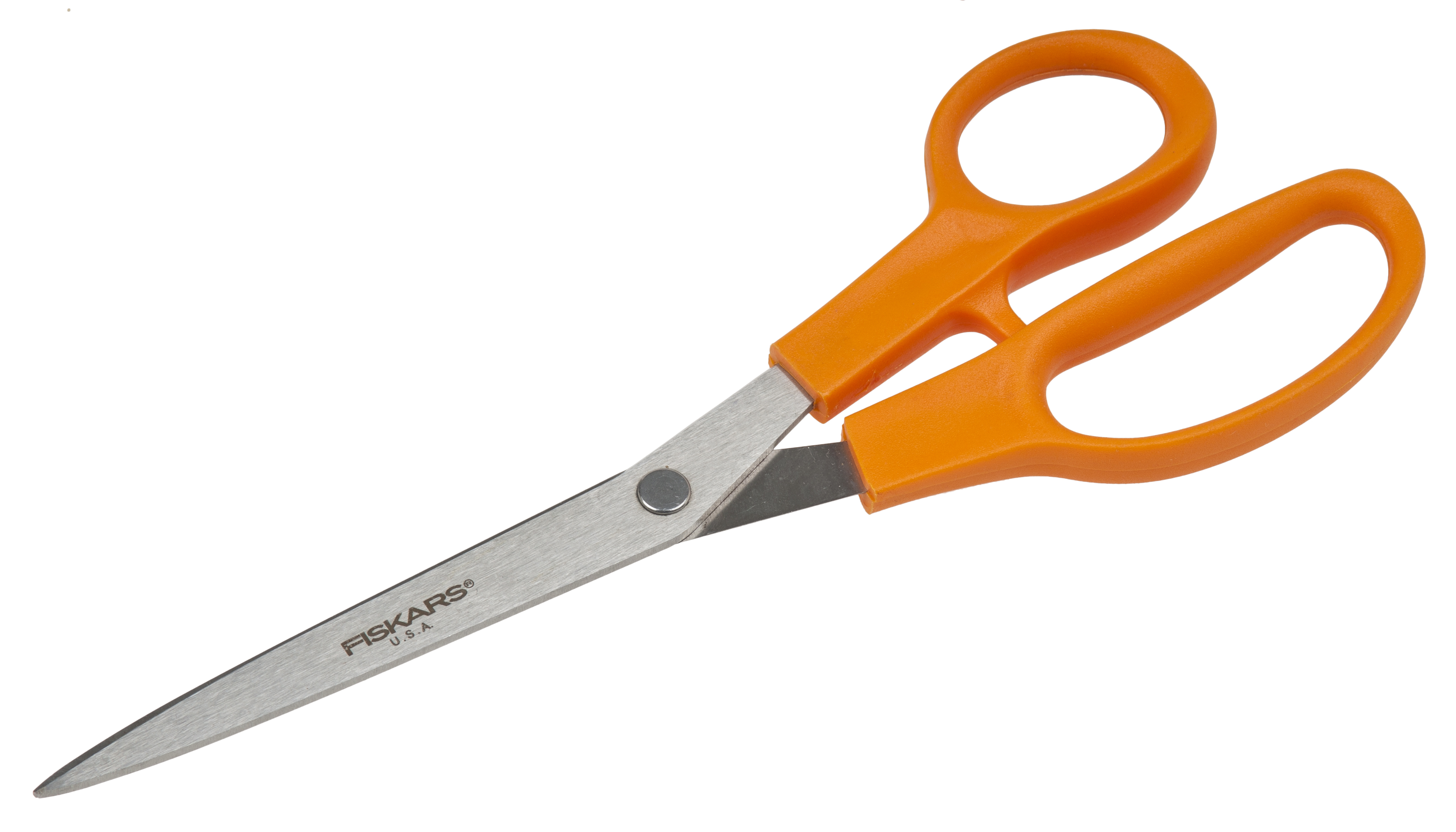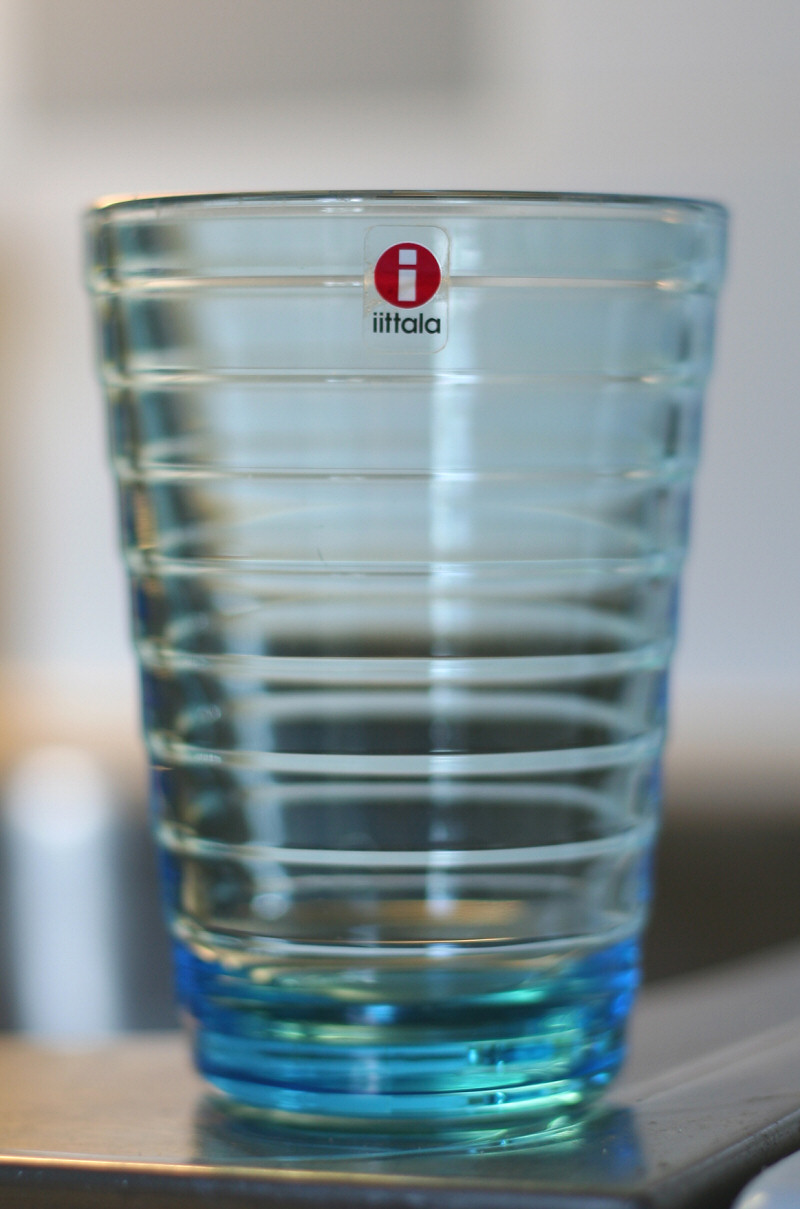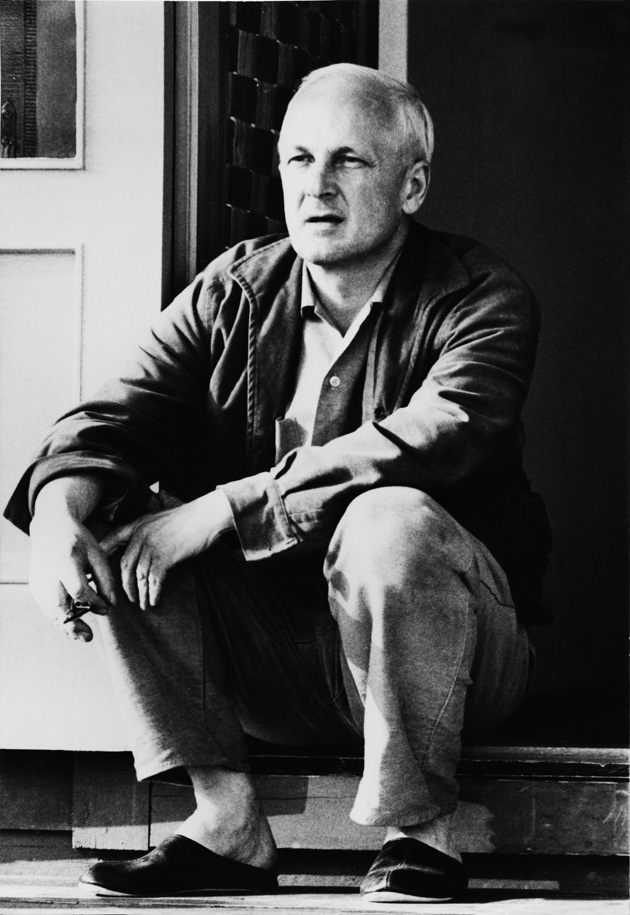|
Iittala
Iittala, founded as a glassworks in 1881, is a Finnish design brand specialising in design objects, tableware and cookware. Iittala has strong design roots in glasswares and art glass which can be seen in the early designs of ''Aino Aalto'' glasses designed by Aino Aalto in 1932; Alvar Aalto’s ''Savoy Vase'' (''Aalto Vase'') from 1936; Oiva Toikka’s ''Birds by Toikka'' glass birds collection that has been made since 1962, his glassware set ''Kastehelmi'' from 1964 and Tapio Wirkkala’s glasses ''Tapio'' from 1952. and ''Ultima Thule'' from 1968. Iittala has expanded from glass to other materials, such as ceramics and metal while keeping with their key philosophy of progressive elegant and timeless design, such as Kaj Franck’s ''Teema'' ceramic tableware from 1952 and Timo Sarpaneva's cast iron pot ''Sarpaneva'' from 1960. Iittala focuses on timeless design which can be seen not only in older creations but in the modern classics. For example, cookware ''Tools'' d ... [...More Info...] [...Related Items...] OR: [Wikipedia] [Google] [Baidu] |
Timo Sarpaneva
Timo Tapani Sarpaneva (31 October 1926 – 6 October 2006) was an influential Finnish designer, sculptor, and educator best known in the art world for innovative work in glass, which often merged attributes of display Work of art, art objects with utilitarian designations. While glass remained his most commonly addressed medium, he worked with metal, wood, textiles, and porcelain (china). Sarpaneva has entered homes around the world through his industrial design of upscale, artistically conceived items, including cast-iron cookware and porcelain dinnerware. His work was among the key components that helped to launch Finland's reputation as a trailblazer of design. Biography Early As with his grandfather's anvil prominently displayed to introduce visitors to his 2002 retrospective exhibition at the Design Museum in Helsinki, Timo Sarpaneva narrated his family heritage as that of craftsmen. He would mention his maternal grandfather, a blacksmith, whose profession Sarpaneva clai ... [...More Info...] [...Related Items...] OR: [Wikipedia] [Google] [Baidu] |
Oiva Toikka
Oiva Kalervo Toikka (29 May 1931 – 22 April 2019) was a Finnish glass designer, best known for his designs for Iittala. Biography Oiva Toikka was born in Viipurin maalaiskunta, the rural municipality surrounding then-Finnish Vyborg, now part of Russia. He grew up in a farm and was influenced by the rich history of the area. Oiva Toikka was renowned for his designs for glassware for the Finnish design company Iittala. Originally trained in ceramics at the University of Art and Design Helsinki, he took up glass design later in life. Some of his best known works are the Kastehelmi and Flora tableware from the 1960s and the Pioni and Krouvi collections from the 1970s. Along with his glassware designs, Toikka is best known for his designs for the Iittala "Birds by Toikka" series. From 1972 until his death in 2019, Toikka created over 400 mouth-blown glass birds. Although Toikka originally worked at the Nuutajärvi glassworks in Urjala, his designs are currently produced at t ... [...More Info...] [...Related Items...] OR: [Wikipedia] [Google] [Baidu] |
Harri Koskinen
Harri Koskinen is a Finland, Finnish designer, born 1970 in Karstula, Finland. He has studied at the University of Art and Design Helsinki, Institute of Art and Design in Helsinki. Career Koskinen is probably best known for his Block Lamp, a lightbulb held inside two shaped pieces of clear glass, which is exhibited in Museum of Modern Art, MoMA in New York City. Also very well known for the two variants of his ''Fatty container, Fatty'' container (models 7150 and 7100) designed in 1998 for Schmidinger; basically very expensive vinyl record carrying box and storage units respectively, made from Birch plywood with rounded corners as well as a well designed and finished construction. Koskinen has designed for many different labels and companies, across many types of article; from furniture to cookware, as well as commercial packaging. His designs are manufactured by companies including Iittala, Artek (company), Artek, Fiskars, Design House Stockholm and Muuto. Harri Koskinen signed ... [...More Info...] [...Related Items...] OR: [Wikipedia] [Google] [Baidu] |
Fiskars
Fiskars Corporation (natively Fiskars Oyj Abp; formerly Fiskars Oy Ab until 1998) is a Finnish consumer goods company founded in 1649 in Fiskars, Finland, Fiskars, a locality in the town of Raseborg, Finland, about 100 kilometres (62 mi) west of Helsinki. It is one of the List of oldest companies, oldest continuously operating companies in the world. Fiskars' global headquarters are located in the Keilaniemi district of Espoo, near Helsinki. Fiskars is best known for its orange-handled scissors, which were originally created in 1967. Fiskars operates as an integrated consumer goods company and has two strategic business units – SBU Living and SBU Functional. History The company traces its origins to 1649, when a Dutch merchant named Peter Thorwöste was given a charter by Christina, Queen of Sweden, to establish a blast furnace and forging operation in the small village of Fiskars, Finland, Fiskars; however, he was not permitted to produce cannons. This makes it the old ... [...More Info...] [...Related Items...] OR: [Wikipedia] [Google] [Baidu] |
Tapio Wirkkala
Tapio Veli Ilmari Wirkkala (2 June 1915 – 19 May 1985) was a Finnish designer and sculptor, a major figure of post-war design. Life and work Wirkkala was born in Hanko in 1915. He attended the Töölö co-educational school in Helsinki. His father, Ilmari Wirkkala, was a cemetery architect, and mother Selma (née Vanhatalo) a wood-carver. His sister Helena Korvenkontio and brother Tauno Wirkkala were also artists. Wirkkala's work ranges from designs of plastic ketchup bottles and metalware to glass, ceramics and plywood in a range of styles. His success as a glass designer began in 1946 when he designed the Kantarelli vase for Iittala, and the mass-produced Tapio collection was launched in 1954. His range was immense, including glassware, stoneware, jewellery, and furniture for mass production, as well as individual sculptures in several media. He designed commemorative postage stamps for the 1952 Helsinki Olympics, and also designed the Finnish markka banknotes introduced i ... [...More Info...] [...Related Items...] OR: [Wikipedia] [Google] [Baidu] |
Heikki Orvola
Heikki Orvola (born November 29, 1943, in Helsinki) is a Finnish designer and planner. He started his career as a designer in the 1960s. In 1968, he started to work at the Nuutajärvi glassworks. In 1972, he designed the ''Aurora'' set of glasses for Iittala. With Fujiwo Ishimoto he designed the ''Illusia'' tableware for Arabia Ceramics Factory. In the 1980s, Orvola designed for Marimekko. In 1987, he designed the candleholder ''Kivi'', which is still in production today at Iittala. In 1998, he designed the ''Verna'' goblet, as well as a set of glasses called ''Palazzo'' for Iittala. His design work can be found in Finnish museums as well as abroad. Orvola received an ''Order of the Lion of Finland ''medal in 1984 and in 1988, he won the Kaj Franck Kaj Gabriel Franck (9 November 1911 – 26 September 1989) was one of the leading figures of Finnish design and an influential figure in design and applied arts between 1940 and 1980. Franck was born in Vyborg, Grand Duchy of F ... [...More Info...] [...Related Items...] OR: [Wikipedia] [Google] [Baidu] |
Aino Aalto
Aino Maria Marsio-Aalto (born Aino Maria Mandelin; 25 January 1894 – 13 January 1949) was a Finnish architect and a pioneer of Scandinavian design. She is known as the design partner of architect Alvar Aalto, with whom she worked for 25 years, and as a co-founder with him, Maire Gullichsen, and Nils-Gustav Hahl of the design company Artek, collaborating on many its most well-known designs. As Artek's first artistic director, her creative output spanned textiles, lamps, glassware, and buildings. Her work is in the permanent collection of the Museum of Modern Art (MoMA) in New York, and MoMA has included her work in nine exhibitions, the first of which was ''Aalto: Architecture and Furniture'' in 1938. The exhibition catalogue notes that after the marriage of Alvar and Aino Marsio in 1925 "all works after this date are in collaboration with Mrs. Aalto" (sic). Other major exhibitions were at the Barbican Art Gallery in London and Chelsea Space in London. Aino Aalto has been ex ... [...More Info...] [...Related Items...] OR: [Wikipedia] [Google] [Baidu] |
Kaj Franck
Kaj Gabriel Franck (9 November 1911 – 26 September 1989) was one of the leading figures of Finnish design and an influential figure in design and applied arts between 1940 and 1980. Franck was born in Vyborg, Grand Duchy of Finland to parents Kurt Franck and Genéviève "Vevi" Ahrenberg. He was a Swedish-speaking Finn, and he was of German descent through his father. Franck was artistic director of the Arabia ceramics company (now part of Iittala Group) and artistic director and teacher at the College of Applied Arts – the predecessor of the University of Art and Design Helsinki (now Aalto University) – since 1945, but created designs for other companies as well. He received the 1957 Compasso d'Oro ''Gran Premio Internazionale'' career prize, was awarded the Prince Eugen Medal in 1964. The Design Forum Finland awards the yearly Kaj Franck Design Prize to a designer or team of designers working in the spirit of the late Kaj Franck. Recipients of the prize include Oiv ... [...More Info...] [...Related Items...] OR: [Wikipedia] [Google] [Baidu] |
Alvar Aalto
Hugo Alvar Henrik Aalto (; 3 February 1898 – 11 May 1976) was a Finnish architect and designer. His work includes architecture, furniture, textiles and glassware, as well as sculptures and paintings. He never regarded himself as an artist, seeing painting and sculpture as "branches of the tree whose trunk is architecture." Aalto's early career ran in parallel with the rapid economic growth and industrialization of Finland during the first half of the 20th century. Many of his clients were industrialists, among them the Ahlström-Gullichsen family, who became his patrons. The span of his career, from the 1920s to the 1970s, is reflected in the styles of his work, ranging from Nordic Classicism of the early work, to a rational International Style (architecture), International Style Modernism during the 1930s to a more organic modernist style from the 1940s onwards. His architectural work, throughout his entire career, is characterized by a concern for design as Gesamtkunstwerk— ... [...More Info...] [...Related Items...] OR: [Wikipedia] [Google] [Baidu] |
Glass
Glass is an amorphous (non-crystalline solid, non-crystalline) solid. Because it is often transparency and translucency, transparent and chemically inert, glass has found widespread practical, technological, and decorative use in window panes, tableware, and optics. Some common objects made of glass are named after the material, e.g., a Tumbler (glass), "glass" for drinking, "glasses" for vision correction, and a "magnifying glass". Glass is most often formed by rapid cooling (quenching) of the Melting, molten form. Some glasses such as volcanic glass are naturally occurring, and obsidian has been used to make arrowheads and knives since the Stone Age. Archaeological evidence suggests glassmaking dates back to at least 3600 BC in Mesopotamia, Ancient Egypt, Egypt, or Syria. The earliest known glass objects were beads, perhaps created accidentally during metalworking or the production of faience, which is a form of pottery using lead glazes. Due to its ease of formability int ... [...More Info...] [...Related Items...] OR: [Wikipedia] [Google] [Baidu] |
Ceramic
A ceramic is any of the various hard, brittle, heat-resistant, and corrosion-resistant materials made by shaping and then firing an inorganic, nonmetallic material, such as clay, at a high temperature. Common examples are earthenware, porcelain, and brick. The earliest ceramics made by humans were fired clay bricks used for building house walls and other structures. Other pottery objects such as pots, vessels, vases and figurines were made from clay, either by itself or mixed with other materials like silica, hardened by sintering in fire. Later, ceramics were glazed and fired to create smooth, colored surfaces, decreasing porosity through the use of glassy, amorphous ceramic coatings on top of the crystalline ceramic substrates. Ceramics now include domestic, industrial, and building products, as well as a wide range of materials developed for use in advanced ceramic engineering, such as semiconductors. The word '' ceramic'' comes from the Ancient Greek word (), meaning ... [...More Info...] [...Related Items...] OR: [Wikipedia] [Google] [Baidu] |






